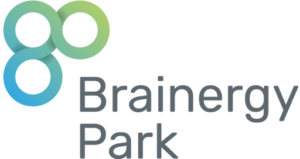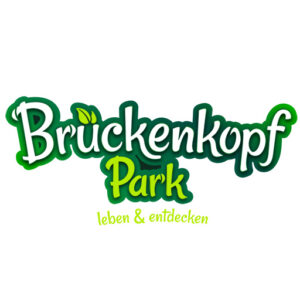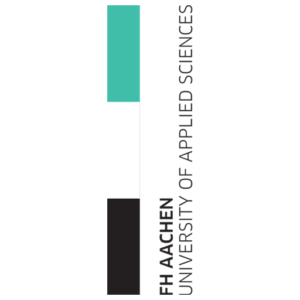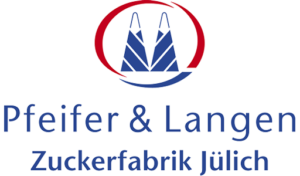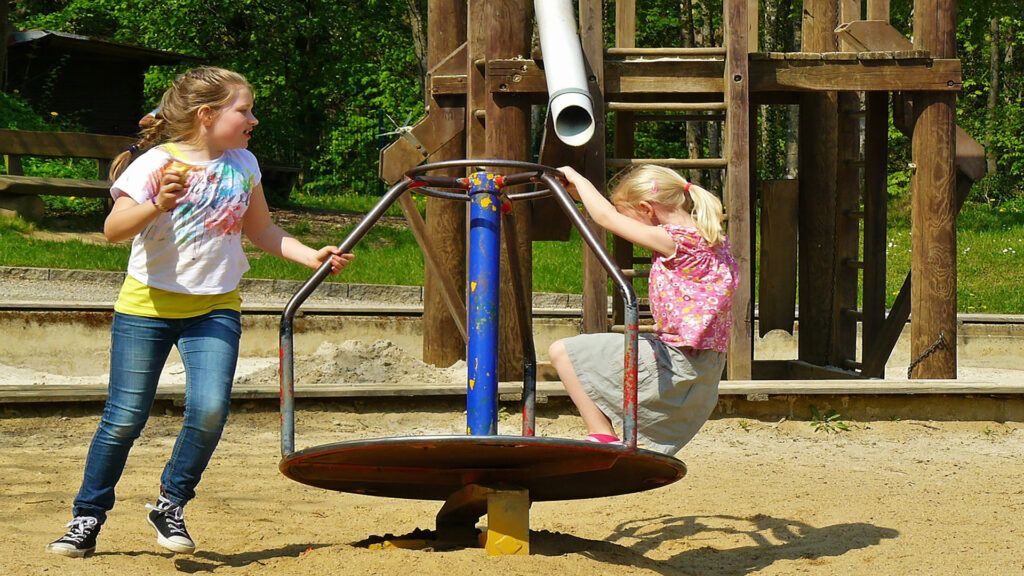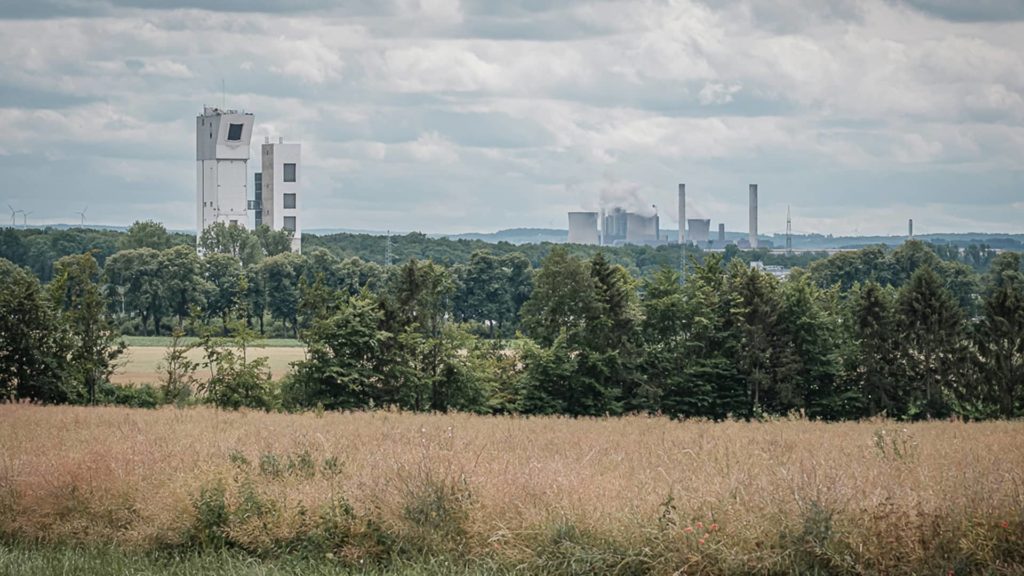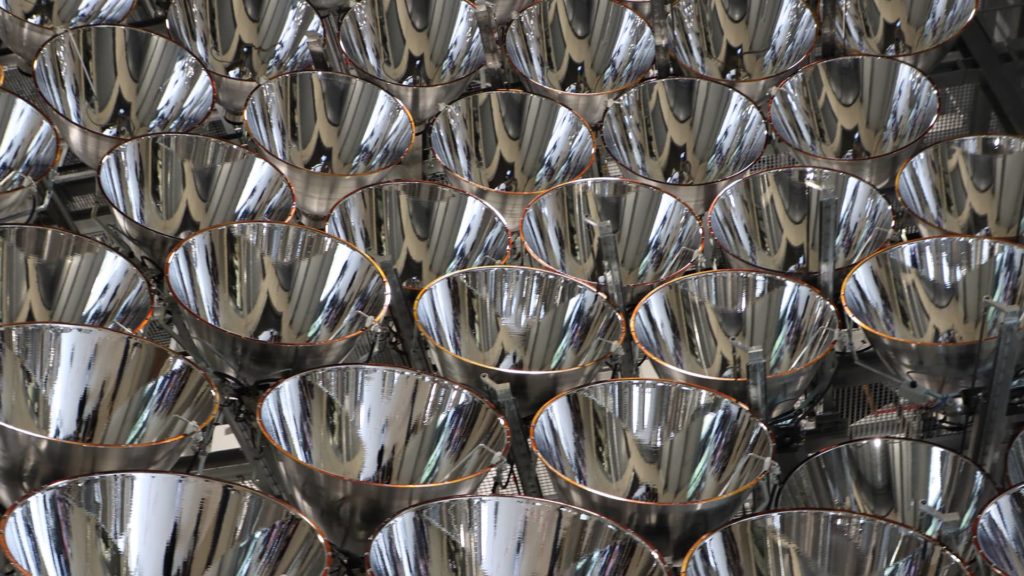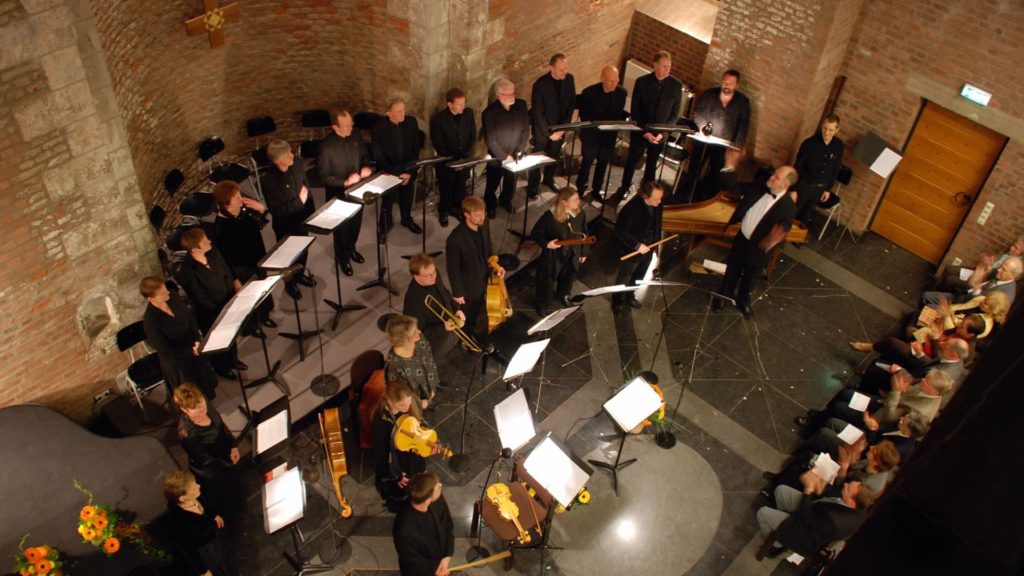The Aachen University of Applied Sciences, with its “strong department in Jülich,” is one of the leading universities of applied sciences in Germany. From here, important impulses for the robust education and research triangle comprising RWTH Aachen, the Jülich Research Center, and Aachen University of Applied Sciences emerge.
Since its founding, the Aachen University of Applied Sciences at the Jülich location has already undergone three expansions.
The idea for the scientific training facility is closely linked to the establishment of the former nuclear research facility. Expertise was needed in the fields of nuclear technology and radiation protection, and Leo Brandt, the first director of the KFA, presented a concept for a training institution. In 1963, the first practice-oriented study program was established at the engineering school in Jülich. The following year, in 1964, the first 35 students in the field of chemistry began their studies at the engineering school for mechanical engineering. Nuclear technology and physical engineering, as well as nuclear chemistry at times, were other fields of study. The first lectures were held provisionally at the vocational school in Jülich before the building with laboratories and workshops was constructed on Berliner Straße.
In the same year, the expanded site at Merscher Höhe was designated for the new construction of the engineering school, covering 12,000 square meters. The land was provided free of charge by the city of Jülich at that time.
With the decision to transform engineering schools into universities of applied sciences in 1968, the path to establishing a “study location in Jülich” was paved. In the summer of 1971, the university of applied sciences was founded in Jülich. In 1972, the most modern high-voltage facility of all universities in North Rhine-Westphalia was established in Jülich for the study of electrical engineering.
After nearly 40 years, the university of applied sciences finally got a campus worthy of its name: in 2007, the first groundbreaking took place on Merscher Höhe at Heinrich-Mußmann-Straße, and in 2009, the ten-hectare area was occupied. The reasons for the move included the Quality Pact 2000, which led to the chemistry department relocating to Jülich, as well as the dilapidated condition of the old building complex and its technical facilities.
An important part of the campus is the Solar Campus Jülich, which served as the initial spark for the construction of the solar towers and the establishment of collaborating partners Synlight and Synhelion. As in the founding days, the focus remains on practical application: from research to production readiness.
In addition to the established pillars of natural sciences, a new building was inaugurated in 2023 for the Department of Medical Engineering and Technical Mathematics at the Jülich campus. This facility primarily accommodates the fields of physiotherapy as well as applied mathematics and computer science.

